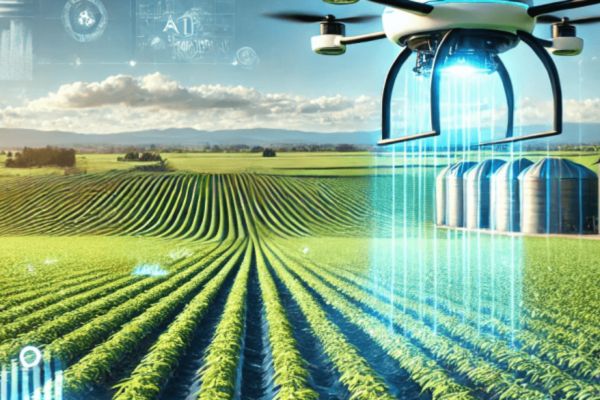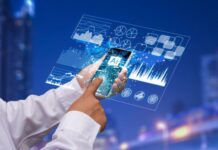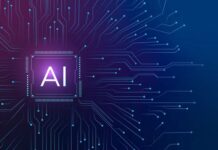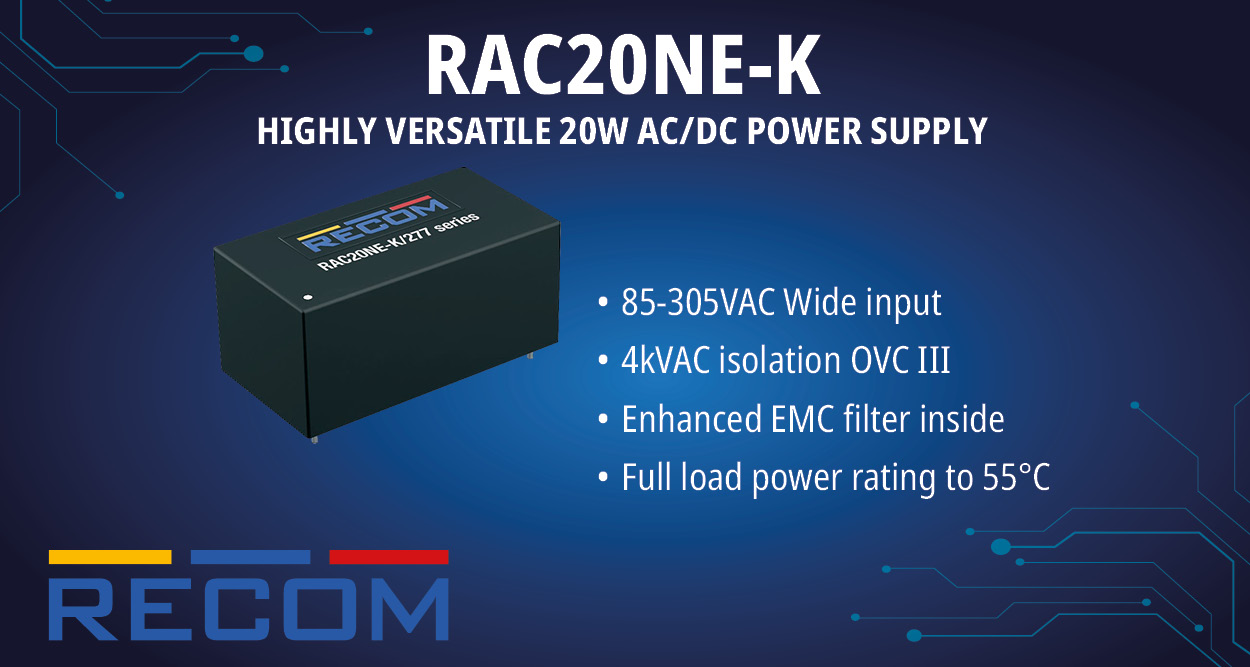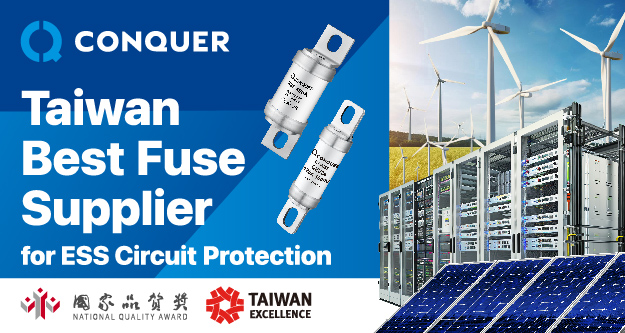Modern agriculture is undergoing a profound transformation driven by the integration of drones and artificial intelligence (AI). These technologies are not just enhancing productivity—they are revolutionizing the way farmers approach crop management, resource allocation, and decision-making. By combining aerial data acquisition with real-time analytics, drones and AI are creating precision agriculture systems that are more efficient, sustainable, and responsive to environmental challenges. From monitoring crop health and predicting yields to optimizing irrigation and detecting pest outbreaks, this powerful synergy is reshaping farming into a data-driven industry that maximizes output while minimizing environmental impact. According to the Consegic Business Intelligence report, Toy Drones Market size is estimated to reach over USD 4,680.67 Million by 2032 from a value of USD 1,680.55 Million in 2024 and is projected to grow by USD 1,880.17 Million in 2025, growing at a CAGR of 13.7% from 2025 to 2032.
Aerial Intelligence: Drones as the Eyes of the Farm:
Drones, or Unmanned Aerial Vehicles (UAVs), are becoming indispensable tools in modern agriculture due to their ability to collect high-resolution imagery and multispectral data across vast fields in a fraction of the time required by traditional methods. Equipped with RGB, thermal, and multispectral sensors, drones capture detailed information about crop conditions, soil variability, and plant stress levels.
Multispectral imaging allows farmers to calculate vegetation indices such as NDVI (Normalized Difference Vegetation Index), which reveals photosynthetic activity and helps assess crop health and nutrient deficiencies. This enables early detection of issues such as drought stress, disease outbreaks, or weed infestations—long before they are visible to the naked eye.
In large-scale operations, drones also contribute to topographical mapping and 3D modelling, facilitating better planning for planting, drainage, and field layout optimization. With the ability to survey hundreds of acres in minutes, drones significantly reduce labor costs while providing actionable insights that enhance precision agriculture.
Artificial Intelligence: Turning Data into Decisions:
While drones provide a rich stream of visual and environmental data, it is artificial intelligence that transforms this data into meaningful decisions. AI-powered analytics platforms use machine learning algorithms to analyse drone imagery, detect patterns, and generate real-time insights tailored to specific crops and geographies.
Classify crop species and stages of growth, allowing for targeted treatment and harvesting.
Detect pests, diseases, or nutrient deficiencies at early stages using pattern recognition.
Predict yield outcomes based on growth trends and historical performance data.
Optimize resource use, such as water, fertilizer, and pesticides, by identifying precisely where and how much is needed.
These capabilities support site-specific management, reducing input waste and environmental impact while increasing profitability. AI systems can also integrate weather forecasts, market data, and historical trends to guide long-term strategic planning.
Precision Agriculture: Automation Meets Sustainability:
The convergence of drones and AI is the foundation of precision agriculture—a model where every square meter of farmland is managed individually rather than uniformly. This shift enables farmers to apply treatments only where necessary, improving sustainability through more efficient resource use and reduced chemical runoff.
Drones are also being used in automated spraying operations, delivering pesticides or fertilizers with pinpoint accuracy, reducing human exposure and ensuring better coverage. Some advanced systems integrate AI with real-time drone feedback to dynamically adjust application rates based on current field conditions.
Furthermore, this technology supports regenerative farming practices, such as no-till cultivation and cover cropping, by continuously monitoring soil health and organic matter levels. AI can recommend practices that maintain long-term soil fertility and biodiversity, aligning productivity with environmental stewardship.
Conclusion:
Drones and artificial intelligence are no longer futuristic concepts—they are practical, proven tools that are redefining agriculture. By providing real-time, high-resolution data and intelligent analysis, they empower farmers to make better decisions, reduce waste, and respond proactively to challenges.
As these technologies continue to mature and integrate with IoT sensors, autonomous machinery, and block chain-based traceability systems, the future of farming is poised to become even more connected, precise, and sustainable. For growers navigating the demands of a changing climate and global food supply chain, embracing drones and AI is not just an upgrade—it’s a necessity for future-ready agriculture.
Source: Toy Drones Market




